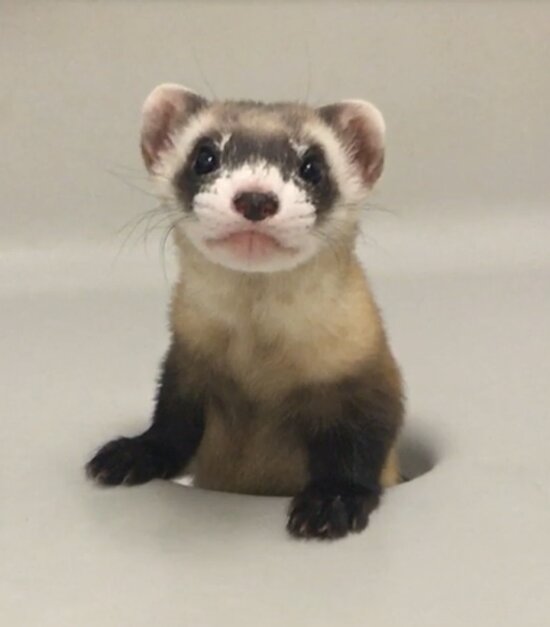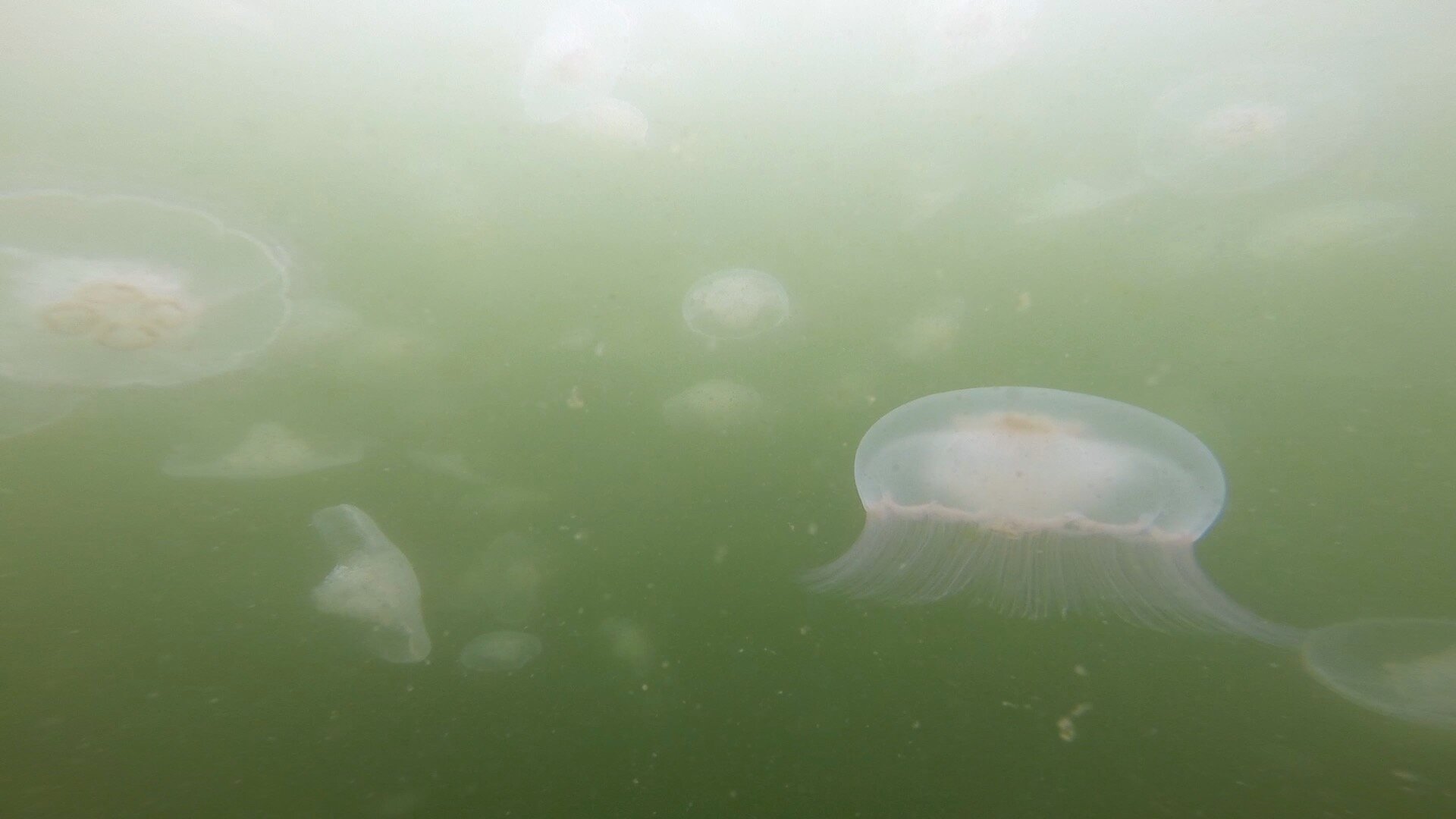#Black-footed ferret cloned to help preserve endangered species

“#Black-footed ferret cloned to help preserve endangered species”

A team of researchers from the U.S. Fish and Wildlife Service, ViaGen, Revive & Restore, Pets & Equine, the Association of Zoos and Aquariums and San Diego Zoo Global has worked together to clone a black-footed ferret as part of an effort to preserve the endangered species. The work by the team has been chronicled on the U.S. Fish and Wildlife Service website.
As recently as the late 1980s, it was thought that black-footed ferrets—the only species of ferret native to North America—had gone extinct. Their existence had been threatened as prairie dog populations (the ferrets’ main source of food) dropped due to farming and ranching taking over prairies. But in 1981, a rancher found a small population of them on his property. Environmentalists captured the ferrets and moved them to an area where they could breed—there are approximately 650 alive today in just two locations. Unfortunately, only seven of the original ferrets were able to reproduce; thus, all of the ferrets alive today are direct descendants of those seven—a critical lack of diversity. Without some new blood, it is likely the species would not survive much longer. In this new effort, the researchers found a way to overcome that problem—by cloning a black-footed ferret using frozen tissue stored as part of the San Diego Zoo Global project. Workers there have been collecting tissue samples from endangered species and freezing them with the hope that doing so would lead to cloning efforts.
The clone made by the researchers is a copy of a wild female black-footed ferret that had been christened Willa—she died back in the mid-1980s—the team used a technique virtually identical to that used to clone Dolly the sheep back in 1996. Domestic ferrets were used for the donor egg and the surrogate mother. The cloning project began in 2013 and had progressed slowly since then, finally resulting in the birth of a cloned kit in December 2020 at a conservation center in Colorado. It was named Elizabeth Ann and will be raised by staff there and eventually mated with some of the surviving black-footed ferrets.
The work represents the first effort in the U.S. to clone an endangered species to help it survive, though it has been done in several other countries.
Rare ferrets settling in, making babies at new Colorado home
www.fws.gov/mountain-prairie/p … ret-Conservation.php
© 2021 Science X Network
Citation:
Black-footed ferret cloned to help preserve endangered species (2021, February 23)
retrieved 23 February 2021
from https://phys.org/news/2021-02-black-footed-ferret-cloned-endangered-species.html
This document is subject to copyright. Apart from any fair dealing for the purpose of private study or research, no
part may be reproduced without the written permission. The content is provided for information purposes only.
If you liked the article, do not forget to share it with your friends. Follow us on Google News too, click on the star and choose us from your favorites.
For forums sites go to Forum.BuradaBiliyorum.Com
If you want to read more Like this articles, you can visit our Science category.


